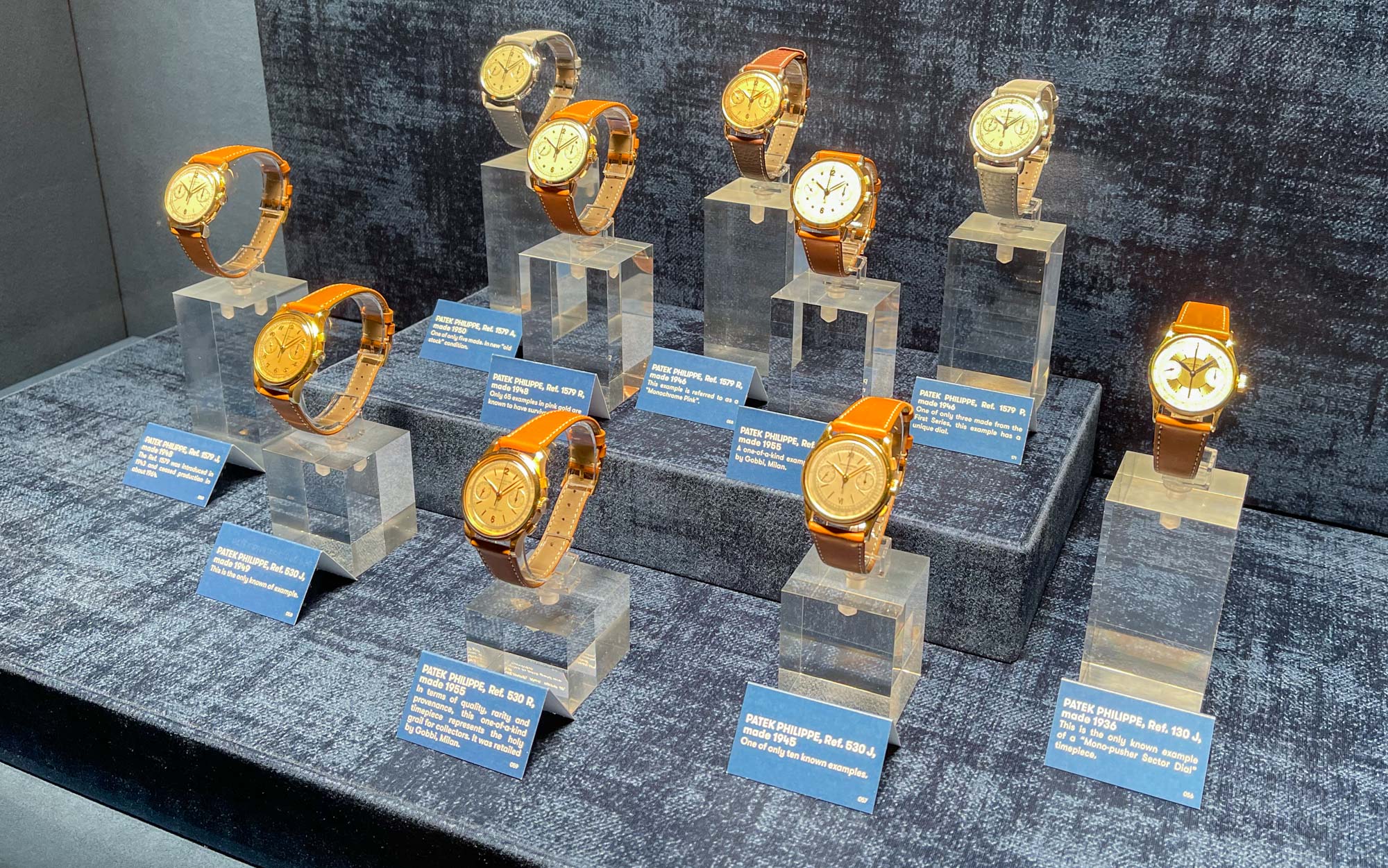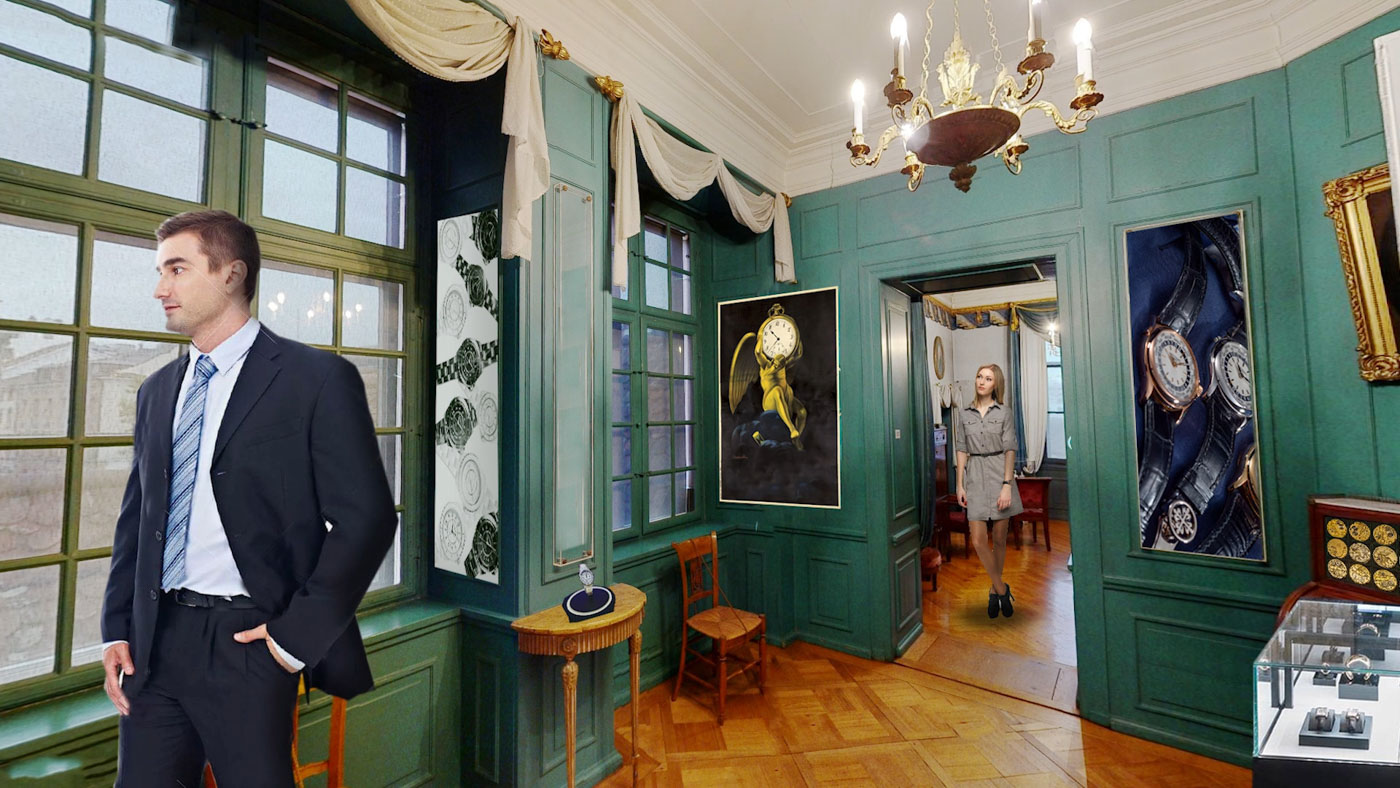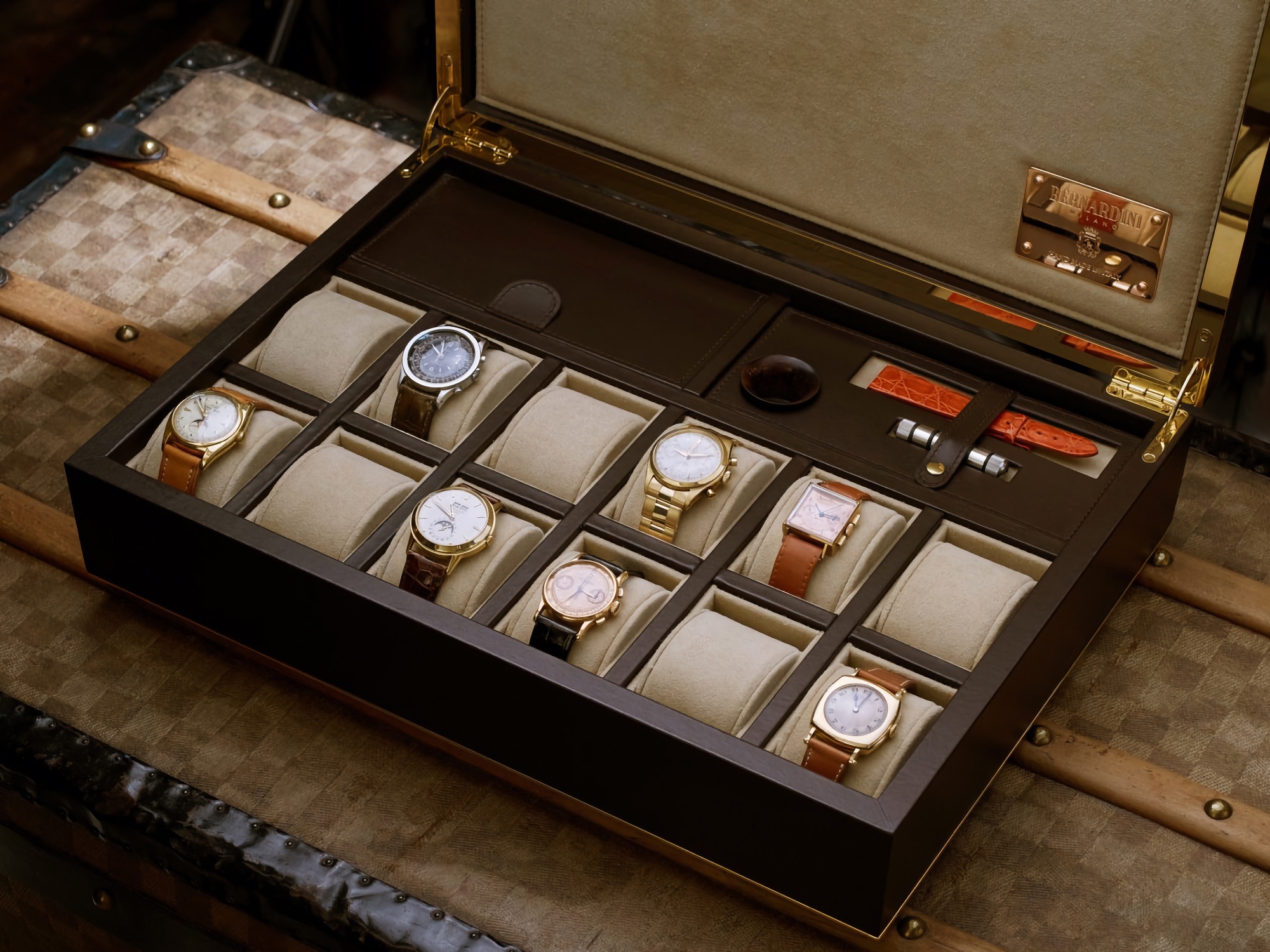It is a morbid question, but an important one: What should happen to valuable wristwatch collections when their owners die? The watch-collecting hobby is still new enough that the world’s most prolific watch collectors (by volume and value of watches, that is) are still alive. The collecting community hasn’t yet had to figure out what to do with massive and major watch collections after their owners pass away.
Why is this a big deal? Well, there are a few reasons. The first has to do with the fact that large collections of watches often have a personality unto themselves. That means the assortment of watches, their relationship to one another, or simply the status of their owner adds a special level of interest or value on top of the base timepieces themselves. When the collector dies, if the collection is split up and sold or distributed separately, then all the reasons the watches had meaning in the first place tend to disappear. What was once a powerful and intellectual collection of important timepieces can easily become just a lot of random watches if the owner is no longer around to explain what the collection means. This would lead to a loss in value for the heirs of the watch collection, as well as loss for the collecting community who, for posterity’s sake, will want to have a record of the collection and perhaps what it was all about.
Watch collectors are, in many ways, the closest thing the industry has to a formal academic body studying its history, achievements, and most important objects. Watch collectors give value to the history and pedigree of fine timepieces through their behavior of acquiring and curating assortments of watches. Many of these collections are private, but when an owner expires, all the knowledge and wisdom that is the collection’s corpus can easily be lost. Therefore, the industry and larger collecting community has an incentive to both recognize and preserve important watch collections. Looking laterally to other collecting hobbies, the legacy of major collections has turned into everything from museums to schools of thought. Art is among the most celebrated examples, where many of the world’s major art museums began as private collections of art, acquired by enthusiastic (and wealthy) fans of the subject area. Is there not a direct parallel to be made with wristwatches? Timepieces certainly have the rarity and pedigree of fine art, so why not consider the future prospect of watch museums (and not just in Switzerland). The concept is not unprecedented, though it’s not yet something most watch collectors consider even as the end of their lives draws near.
 An important driving force behind what happens to a person’s watch collection after they die is their heirs. They are actually important both during the life of the collector and posthumously. For instance, I’ve noticed that some families encourage an elderly watch collector to sell off their watches during their lifetime, so as to turn them into cash prior to their death. This can be a practical way to transfer the value of a watch collection into cash if the heirs are not interested in wearing the watches or valuing the collection. That said, it isn’t always in the best interests of the collector, as doing so can rapidly erode the value of the collection by breaking it into many smaller parts. The question is, if those standing to inherit a large watch collection aren’t interested in keeping it, what is the best plan the collector can implement during their lifetime? Some watch collections might be more valuable as a whole, and others might indeed be more valuable if each individual timepiece is liquidated separately. What is important is that collectors and people who stand to inherit large watch collections consider these various approaches to getting value out of a watch collection.
An important driving force behind what happens to a person’s watch collection after they die is their heirs. They are actually important both during the life of the collector and posthumously. For instance, I’ve noticed that some families encourage an elderly watch collector to sell off their watches during their lifetime, so as to turn them into cash prior to their death. This can be a practical way to transfer the value of a watch collection into cash if the heirs are not interested in wearing the watches or valuing the collection. That said, it isn’t always in the best interests of the collector, as doing so can rapidly erode the value of the collection by breaking it into many smaller parts. The question is, if those standing to inherit a large watch collection aren’t interested in keeping it, what is the best plan the collector can implement during their lifetime? Some watch collections might be more valuable as a whole, and others might indeed be more valuable if each individual timepiece is liquidated separately. What is important is that collectors and people who stand to inherit large watch collections consider these various approaches to getting value out of a watch collection.
In some instances, both watch collector and their heirs agree that a watch collection should remain substantially intact and in the family for at least an entire extra generation. Not wanting to sell the watch collection, in this instance, the family is interested in maintaining the value and purpose of the collection for future generations to appreciate. The same logic follows if the collection of watches is donated or lent to an organization for preservation. If this is the case, then what type of documentation or media should accompany the watch collection so as to create interest for future enthusiasts and students of the pursuit? Some watches speak for themselves, as there may be a larger community discussion about their rarity or importance in the collecting community. At other times, the story behind an individual watch is only really known to the collector. If that story is to be passed on and later communicated, then it needs to be first written down and recorded.
While I know some collectors who keep relatively detailed notes about their collecting habits and acquisitions, most collectors probably do not. Should best watch-collecting practices include the creation of some documentation after each watch purchase? If so, what should be said or included in that documentation? How should it be stored? Who will start to establish best practices for how to catalog a personal watch collection? Of course, technology can certainly help in this area. To many people, it may at first sound like a tedious exercise to catalog details and sentiments around each watch purchase. Frankly, it probably is. But there is value in having durable data about your watch-collecting hobby and what it all means, especially if that data can survive the collector and be passed on, with the watches themselves after the original collector dies? To me, the answers to some of these questions will define much of the timepiece-collecting hobby in the future.
Probably the businesses with the most to gain when it comes to responding to the death of a prolific collector are the auction houses. Right now, they are probably the most popular destination for families or collectors when it comes to liquidating timepieces. There can be profit in this for some people in some situations, but major auction houses probably aren’t a good fit for many watch collections, nor are they particularly well-suited to all but the most popular or newsworthy items. Selling watches, especially in large volumes, into the market can also have an adverse effect on pricing in general. That means if each time someone with a lot of timepieces dies, the entirety of their collection flooding the market can have unwelcome effects on pricing (often with prices going down as a result). Are most auction houses disciplined enough to take what could be dozens or hundreds of watches and sell them off slowly over a several-year period? Probably not too many of them.
 For a long time, I’ve talked about how much I’d like to be the curator of a museum of watch design. It is sort of an end-of-career goal for me, and I like the idea because it could allow for a new option when it comes to what happens to watch collections after people die. I think that at least some collections make the most sense being donated to a museum. That way the intellectual and academic rationale behind the collection can be preserved, and the watches can be kept physically safe. Donating or long-term storage of a watch collection in a museum could be an attractive alternative to selling them all immediately. Such museums don’t really exist yet, but they very easily could in the future. It is even possible that art museums today that have nothing to do with watches will start to accept famous watch collections and display them along with other exhibitions. I got a taste of this when seeing parts of Mr. Getreide’s OAK collection in London. In fact, that collector and his story fit into multiple areas of discussion that the watch collection legacy article you are currently reading touches on.
For a long time, I’ve talked about how much I’d like to be the curator of a museum of watch design. It is sort of an end-of-career goal for me, and I like the idea because it could allow for a new option when it comes to what happens to watch collections after people die. I think that at least some collections make the most sense being donated to a museum. That way the intellectual and academic rationale behind the collection can be preserved, and the watches can be kept physically safe. Donating or long-term storage of a watch collection in a museum could be an attractive alternative to selling them all immediately. Such museums don’t really exist yet, but they very easily could in the future. It is even possible that art museums today that have nothing to do with watches will start to accept famous watch collections and display them along with other exhibitions. I got a taste of this when seeing parts of Mr. Getreide’s OAK collection in London. In fact, that collector and his story fit into multiple areas of discussion that the watch collection legacy article you are currently reading touches on.
Determining what happens with your watch collection really begins with a plan and then putting that into your last will and testament. I imagine probably too few watch collectors discuss what should be done with their timepiece collections in any detail in these documents. Don’t take any of this as legal advice (I’m required to say that), but making it clear what should be done with your watch collection in your will is probably a good way to not only protect the integrity of the collection, but also to protect against unwanted conflicts between heirs competing to own and control precious timepieces.
For those perhaps wondering why this is an issue at all, I want to remind people that while lots of watches as part of estate sales are not a new thing, the death of major watch collectors is. Over the last 20-30 years, a large number of well-funded individuals have gobbled up enormous volumes of museum-worthy timepieces. There are many whose collections have thousands of individual watches. Given the age of these collections and their collectors, most of them are still alive and robust, so the community hasn’t had to contend with the fallout of their collections after they die. Lawyers and judges may end up deciding much in the future, and it is wise to start anticipating some of those complexities in advance. As I mentioned above, there is also plenty of room for entrepreneurial innovation, as the formalization of “watch collections” as a transferable asset is barely in its infancy. I now ask you, the audience, your opinion. What should be done with watch collections after their owners die?

